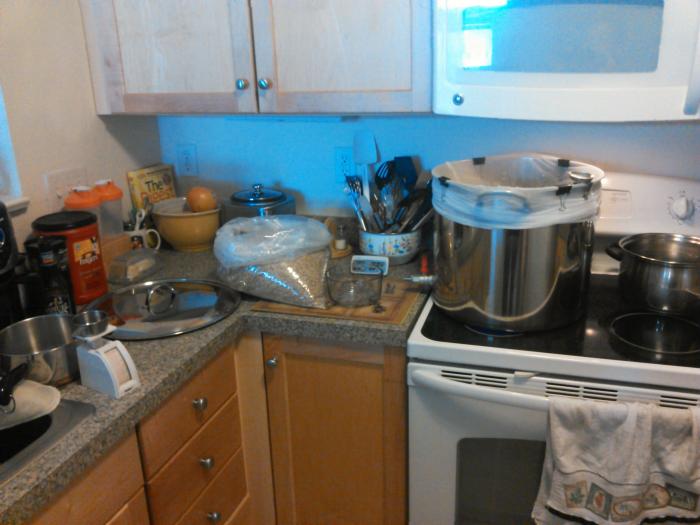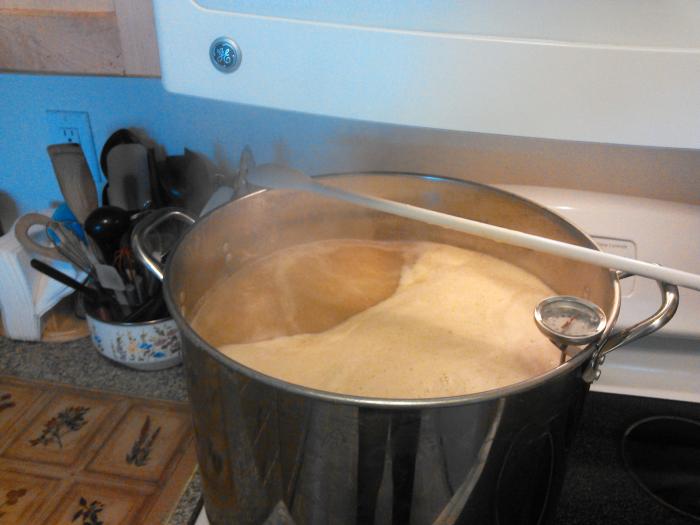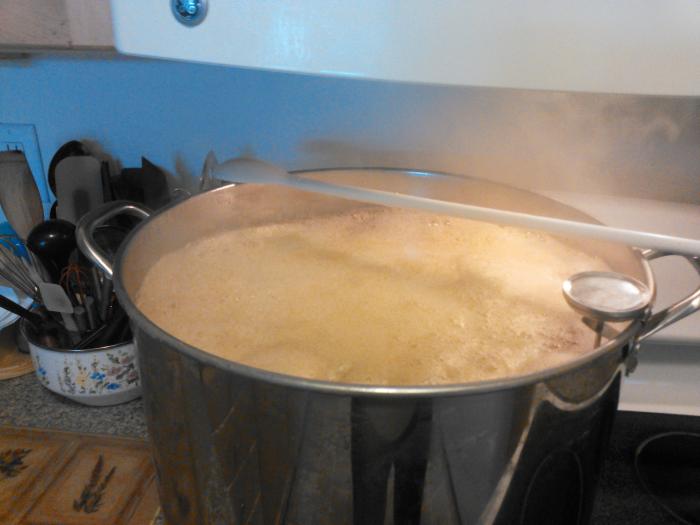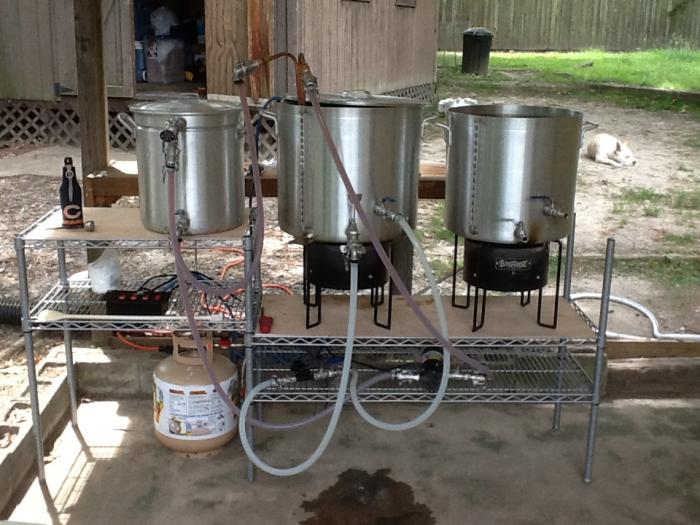Thanks Wbarber69 for the idea it does look good!
Good looking set up Vetter I bet it will make fine beer good luck with AG. To tell the truth you are probably a smarter man then me. Keeping it simple, clean and cheap. The one think I learned from my build is if it has marine, RV, or brewing in the title it will cost three times as much.
Good looking set up Vetter I bet it will make fine beer good luck with AG. To tell the truth you are probably a smarter man then me. Keeping it simple, clean and cheap. The one think I learned from my build is if it has marine, RV, or brewing in the title it will cost three times as much.
























































![Craft A Brew - Safale BE-256 Yeast - Fermentis - Belgian Ale Dry Yeast - For Belgian & Strong Ales - Ingredients for Home Brewing - Beer Making Supplies - [3 Pack]](https://m.media-amazon.com/images/I/51bcKEwQmWL._SL500_.jpg)





















